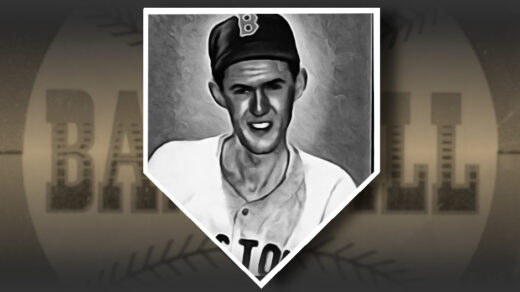
BJ Surhoff looks like a catcher on his 1987 Topps rookie card. He has a catcher’s mitt on his left hand and the card pretty clearly labels his position next to his name on the back. The high tension power lines in the backdrop just scream “I’ve arrived early for pitcher/catcher Spring Training.” This makes sense, as Surhoff was a pretty good backstop.
It turns out Surhoff could hold his own at other positions as well. By the end of 1991 he had played every defensive position except pitcher, including each of the three spots in the outfield. His career arc would see teams move him from behind the plate (34% of games played) to third base (15%) and left field (38%). Surhoff’s stats helped his teams more than they do at first glance, as his clubs benefitted not only from his services on the field. His ability to effortlessly shift to other positions let teams deploy bigger bats with more limited defensive capabilities wherever needed.

Surhoff arrived in the majors with great expectations. He was the first overall pick of the 1985 draft with his selection arriving ahead of Will Clark (2nd), Barry Larkin (4th), and Barry Bonds (6th). While this doesn’t look great on a relative basis, it must be kept in mind that Surhoff delivered solid results and generally outperformed a good number of other first draft picks. The Brewers picked Surhoff, not Shawn Abner (#1 in 1984), Jeff King (1986), or Al Chambers (1979).
He never really challenged for the league lead in major offensive categories but still put up a decidedly solid career. Surhoff finished with over 2,300 hits, about the same as Andres Galarraga. Jeff Bagwell, Ron Santo, and John Olerud likewise had similar totals across almost an identical number of plate appearances.
A Sneaky Refractor Joins the Set
Surhoff’s 1993 Finest card shows the Brewers backstop not in catching gear, but rather manning third base. He played more than 100 games behind the plate in 1992 but spent most of 1993 at third. This card was one of the first to show such a change and even notes this as being his primary position on the back of the card.

This card is surprisingly elusive for those looking to complete a graded set. PSA has only reviewed 91 copies, giving it a lower population than all but 5 cards in the checklist. Whenever possible, I try to prioritize acquisitions of lower population cards as these are not always available. Keeping a handy list of tough cards brought Surhoff into my collection relatively early when one popped up online.









